ADSactly Travel - Hidden Jewel of Caracas. The Legacy of Kathleen and William H. Phelps Jr.
Hidden Jewel Of Caracas. The Legacy Of Kathleen and William H. Phelps Jr.
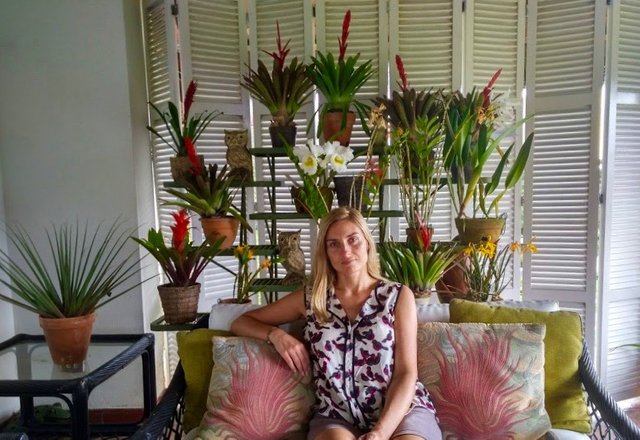
William Henry Phelps Sr, New York-born businessman embarked on an ornithological exploration trip to Venezuela in the summer of 1896. He was fascinated with the country and its birds. In 1897, he got married and settled in San Antonio de Maturín. In the small town of Monaco, he started a coffee business with his two first sons, John and William Henry Jr.- born in 1902. The latter, whom everyone later knows as "Billy", became his main work partner and collaborator in everything that concerns ornithological matters.
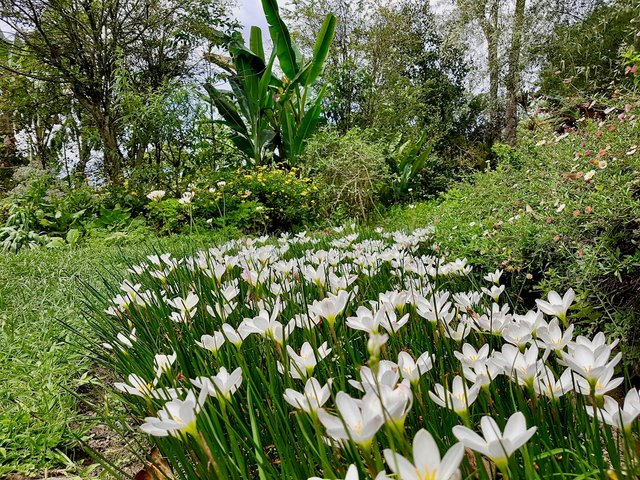
Photo: @highonthehog
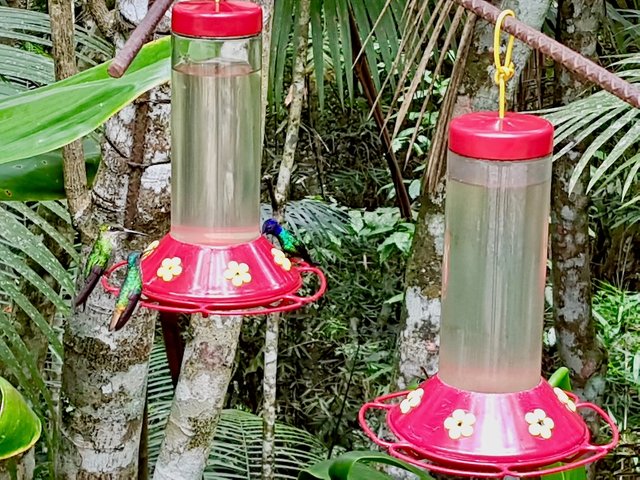
Hummingbirds, Photo: @highonthehog
Venezuela of that time, mainly rural, offered infinite possibilities to the enterprising and ingenious spirit of Phelps. Years of constant work lead him to build a series of companies, with which he ended up raising a comfortable fortune. He was a pioneer in the country in importing automobiles, sewing machines, music devices and household appliances, and founded the first commercial radio station and years later the first television station. Introduced in Venezuela, the cooperative savings system and the system of instalment payments
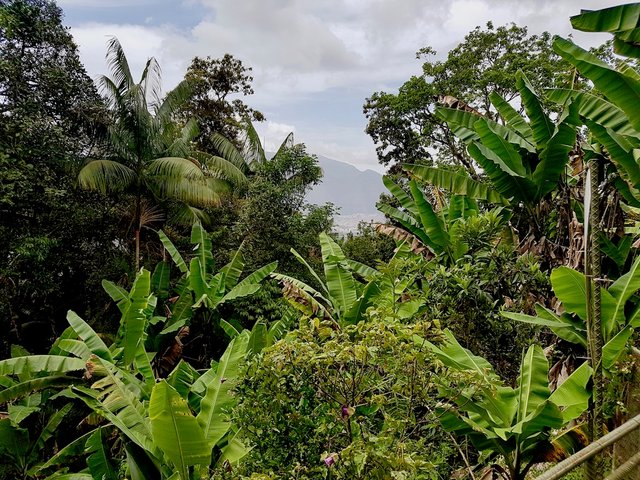
Photo: @highonthehog
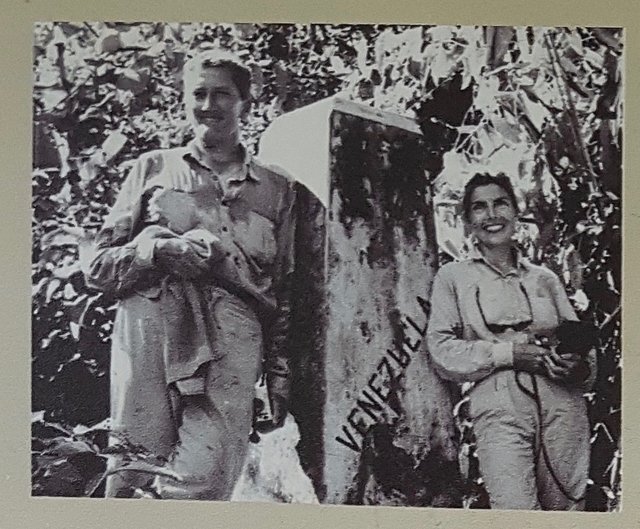
William Henry Phelps Jr and Kathleen, Photo: @highonthehog
William Henry Phelps Sr and his son Jr also developed an ornithological library, which focuses almost exclusively on the materials necessary for the study of birds, geography and botany of Venezuela. Today, the collection contains some 82,000 specimens and the library is considered the best ornithological library in Latin America. Phelps established meticulous standards of data registration, which are carefully met until today. Along with the collection, Phelps built an ornithological legacy for Venezuela as it does not exist in any other Latin American country - the most complete ornithological collection, about the species that exist in the country and its distribution.
Throughout his ornithological work, Phelps establishes links of collaboration and friendship with the main research centres in North America, Europe and the neighbouring countries of Venezuela.
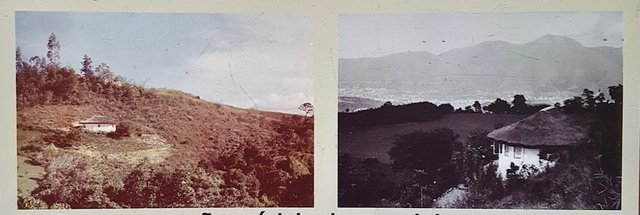
First house, Photo: @highonthehog
William H. Phelps Jr and his wife Kathleen acquired a land south of the city of Caracas in 1959. They decided to name the estate Topotepuy in honour of years of taking part in many expeditions around the country sharing their passion for ornithology and conservation.
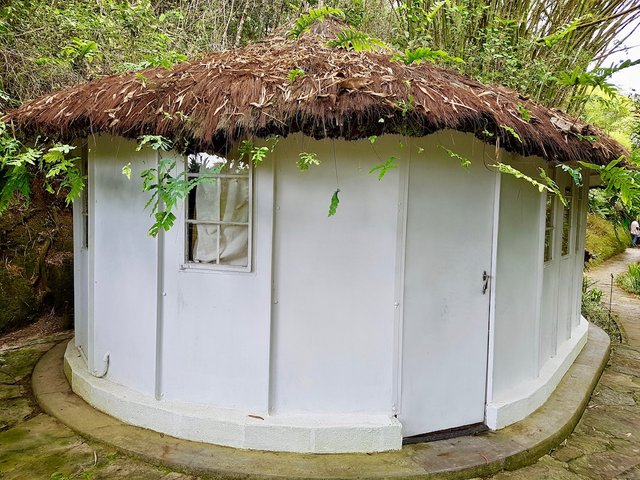
First house, Photo: @highonthehog
In 2003 the venture of conservation, environmental protection and promotion of ecological awareness begun and with the assistance of Landscape Architect Ricardo Fuenmayor the property on Cerro El Volcán transformed into the four-hectare Topotepuy Ecological Garden. The doors open to the public in 2009.
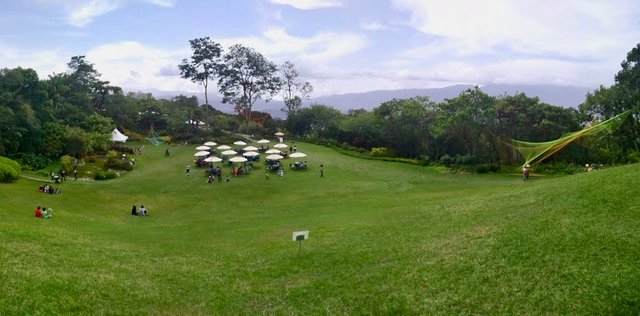
Topotepuy Ecological Garden, Photo: @highonthehog
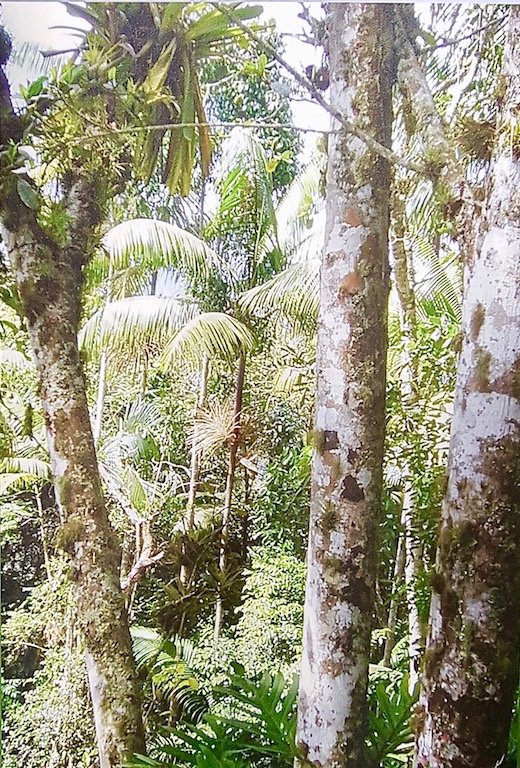
Photo: @highonthehog
Within the boundaries of the Ecological Gardens, there is an almost pristine portion of the only cloud forest that lies southeast of the city of Caracas. Volcano Cloud Forest, also known as the Forest of the Virgin, this forest is a little-known ecological treasure of the metropolitan area of Caracas and has many surprises to show. This is an ecosystem of the great value of the Cordillera de la Costa, being a true natural laboratory where there is much to discover and study. In the city of Caracas, almost all of these forests have been destroyed.
The Cloud Forest of the Volcano or the Virgin has a height between 1200 and 1480 m, covers an area of 500 hectares and 1 hectare within the Gardens. In this relatively small area, around 500 different plant species grow. In the Forest of the Volcano, there are species that are not yet known in the Ávila National Park (Waraira Repano).
The so-called emergent trees are of great importance in this ecosystem. They receive this name because they surpass by the high canopy of the forest and its associated fauna in its top is little known.
In these forests, epiphytic species abound, plants that use trees as a support. Among them the Araceae (Anthurium philodendron), the Orchids, Bromeliads, Ferns and Piperaceae.
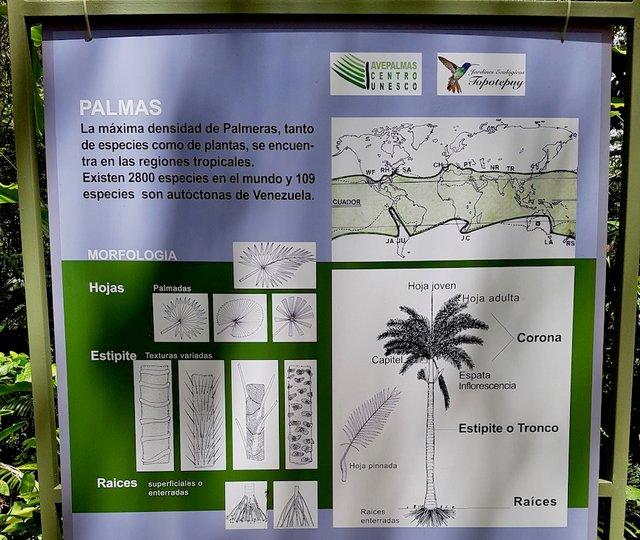
Palms, Photo: @highonthehog

Photo: @highonthehog
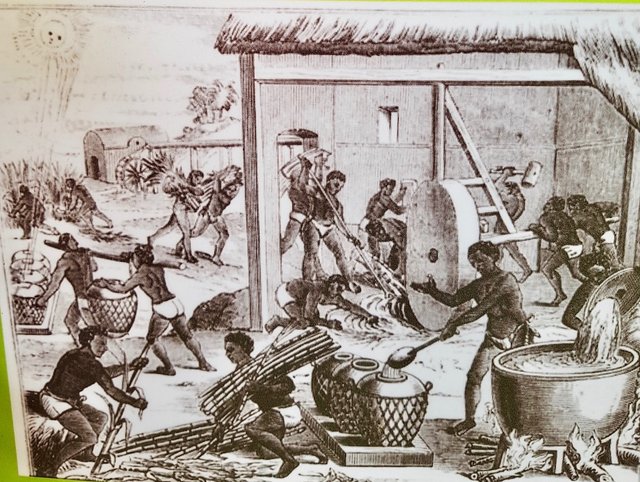
Conuco, Photo: @highonthehog
The Conuco is the oldest family agricultural practice in Latin America. The word "Conuco" comes from the indigenous language of the Tainos (a group that occupied the area of the Caribbean before the arrival of the Spaniards) They cleared clearings in the tropical forest and sowed tubers. When the soil was exhausted they went to another place. In Venezuela, one can still find, in rural and semi-rural areas, examples of conucos, as an expression of family agriculture that serves as a compliment in the diet of these population groups. This shows the validity and importance of this family agricultural activity to contribute to the sustainable development.

Conuco, Photo: @highonthehog
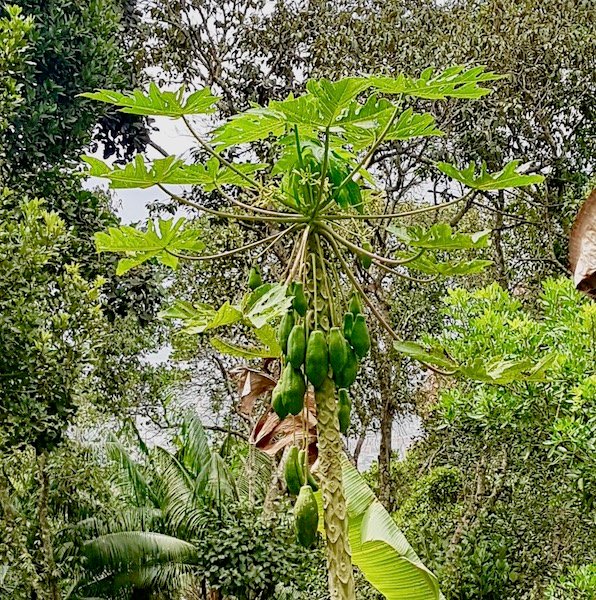
Papaya Tree, Photo: @highonthehog
Another space is dedicated to the cultivation of edible crops, fruit trees, recycling, efficient water management, hydroponic planting, green roofs, etc., all carried out in an environment totally built with recycled materials, making known its potential both aesthetically and utilitarian, with the purpose that the visitors learn and see the possibilities of this type of sowing. Conceived as a demonstrative example of an alternative lifestyle, in greater harmony with nature.

Edible Crops, Photo: @highonthehog
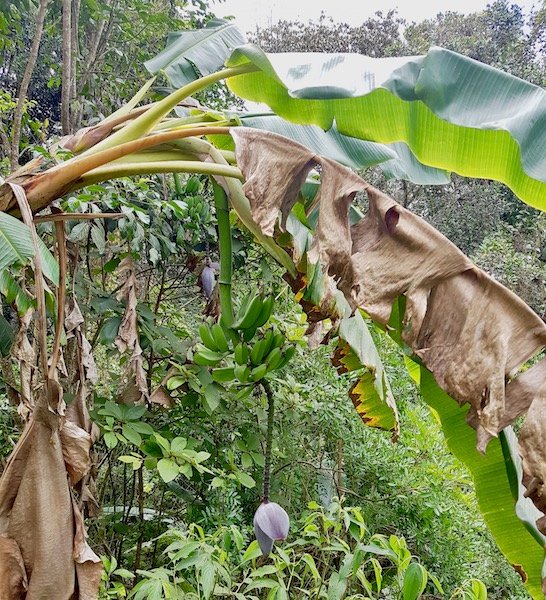
Banana Tree, Photo: @highonthehog
This part of the garden was designed to represent daily life in the convent, where food and knowledge were cultivated. In this space, one will find a sundial, fruits and medicinal trees, muses (bananas), a variety of vegetables, culinary, aromatic plants, repellents and even flowers that one can eat. The monks were responsible for the cultivation of medicinal plants in the monasteries and preserved in books the knowledge which survived to this day.
Space dedicated to exotic plants in honour of Billy and Kathy Phelps where one can not only appreciate the beauty of exotic plants such as orchids, bromeliads, ferns, but also makes us aware of the importance of living with nature and the close relationship that exists between certain groups of plants and the benefits that these can offer us if we learn from them and know how to use them intelligently for our benefit.
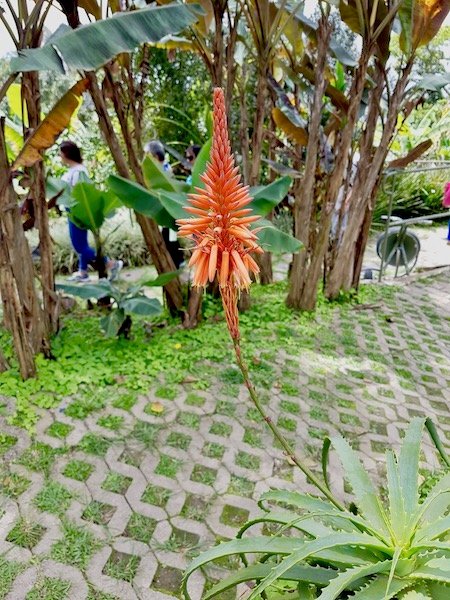
Photo: @highonthehog
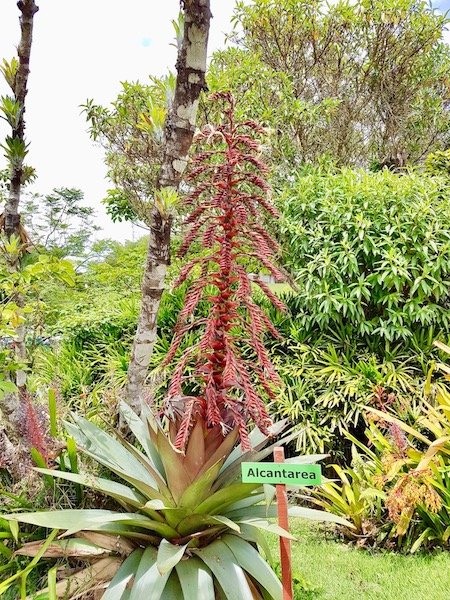
Photo: @highonthehog
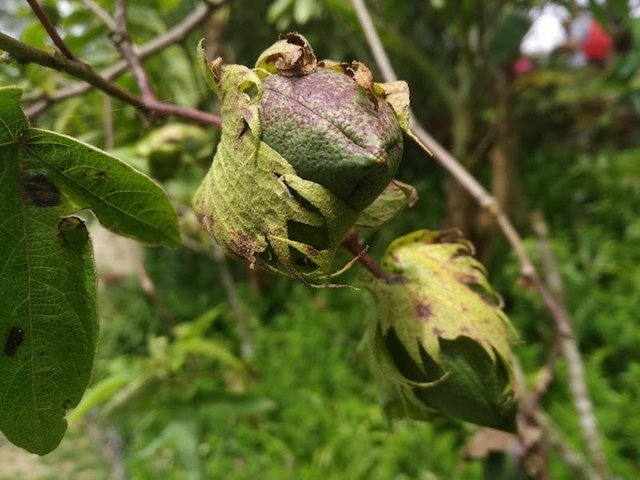
Cotton Plant, Photo: @highonthehog
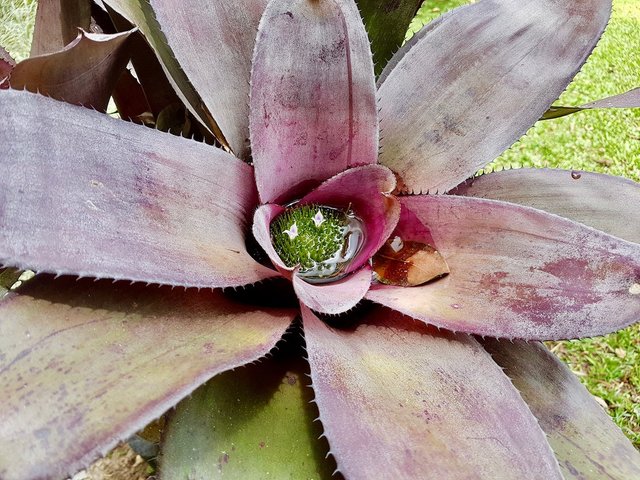
Photo: @highonthehog
William H. Phelps Jr. died on August 13, 1988. At the time of his death, the Phelps Collection already had 76,300 pieces, and the library contained more than 6,000 monographs, 5,500 reprints, and regularly received about 33 serial publications.
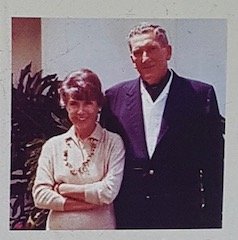
W. H. Phelps Jr and Kathleen Phelps, Photo: @highonthehog

Photo: @highonthehog
Authored by @highonthehog
References
Photos: @highonthehog
Rodner Clemencia, Martínez Margarita (Phelps Ornithological Collection Caracas), March 2006. "The Phelpses and the Birds of Venezuela". VIIIth Neotropical Ornithological Congress, 2007. Archived from the original on October 11, 2007. Retrieved December 1, 2015.
Vuilleumier, Francois, In Memoriam: William H. Phelps Jr, Department of Ornithology, The American Museum of Natural History, 1990
Click on the coin to join our Discord Chat

Witness proposal is here:
Go To Steem Witness Page
In the bottom of the page type: adsactly-witness and press vote.

Use small letters and no "@" sign. Or, click here to vote directly!
Thank you!
It is amazing............absolutely amazing to see what people can accomplish over their lifetime, if they dedicate it to something. As I read about the Phelps family and their history I wondered about their patriarch. The senior Phelps went their with nothing more than an idea in his heart and changed the life of the area.
Many people have changed the life of others but I am talking about changing the life for the better. It is amazing to see how he built his base their and literally made an empire out of it. What's more is the fact that he did not just for the worldly wealth. His contributions that were carried by his son and daughter in law will remain their as a beacon of learning in their field for a long time to come.
PS: I have seen something similar in India as the Conuco agricultural practice from Latin America. It's amazing to see how different civilizations arrive at the same conclusions through different practices (if they are agricultural strategies)
Hard work, creativity and a bit of a risk always pays off. Definitely for William Henry Phelps Sr especially when he was involved in sooo many projects. His son jr. following his footsteps definitely didn’t disappoint him. All these expeditions must had been really exciting at that time. I belive Venezuela was a totally different country at that time. Nice Topotepuy Ecological Garden especially when we know it’s history now.
Enterprising people like Henry Phelps see opportunities where other people do not see them. He was enchanted by picturesque Venezuela and built a family business there. I think that this person who achieved a lot thanks to hard work and a certain risk.
I liked the way he did this business and his attitude to the environment. They made a significant contribution to ornithology and promotion of environmental awareness.
Thanks for the excellent communication for the historical excursion. You did an excellent job and showed many beautiful photos! I like it
Venezuela is a very beautiful country. I know something of this country because of many miss world and miss universe prize winner girls, its oil reserves and of course Andes mountain. This post is well written and full of information. I salute the person who wrote this post. It is such a nice post which can add value to this platform.
I am very happy to get your information. To me it is very important. Your presentation must be important and creative.
Posted using Partiko Android
👍
Hi @adsactly Sir... A big tour of our country .In history there is salt production from sea water. Between 1757 and 1765 Warren Hastings was interested in salt cultivation while being English superintendent of the East India Company, British investment began in salt collection. Salt trading merchant association makes After Warren Hastings became the governor of Bengal, Harmon Cox, the English superintendent, created a fishery market here. He played a vital role in resolving the conflict between Arakanese refugees Rafiqi and local Rakhines. After his premature death, Cox Market is named after him. Which is now Cox's Bazar....
Nice View with Great Photography
Thank you 😊
Your welcome keep supporting
Sir @adsactly mind blowing photography.
Glad you liked it, thanks.
Wow nature photography really cool and nice.
Yes it is, thanks 😉
very good post about tourism ,i like all photo about the detail of your tour to this country .i have given you WITNESS VOTE.plse up vote me